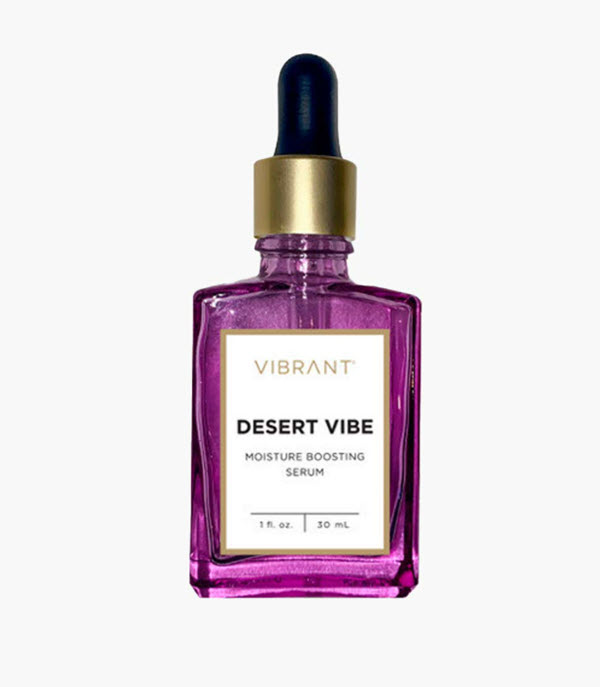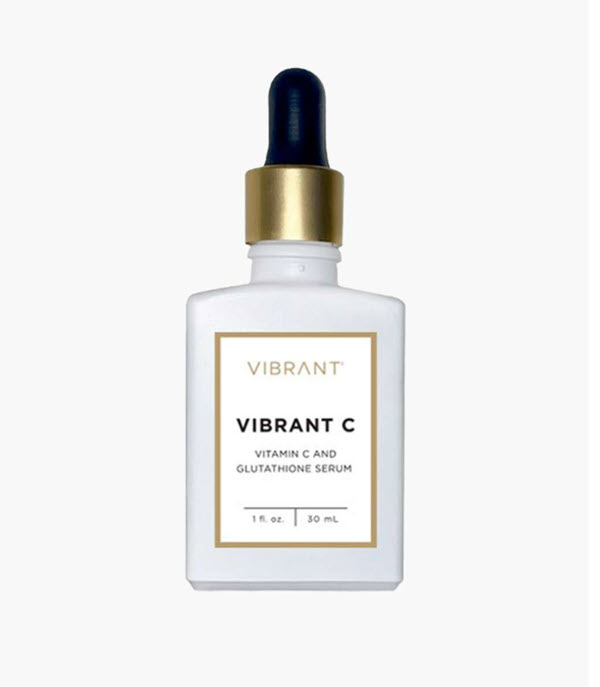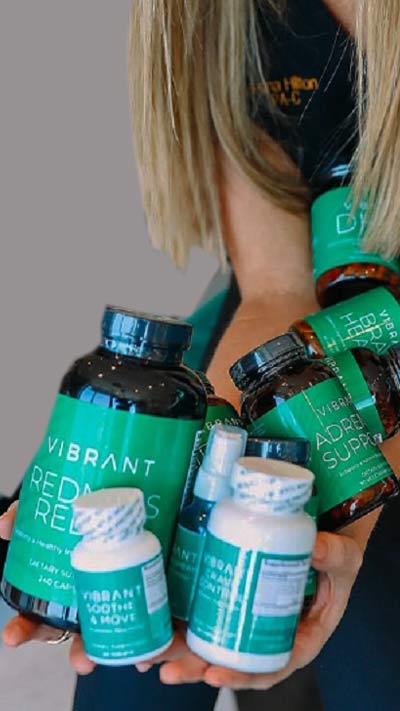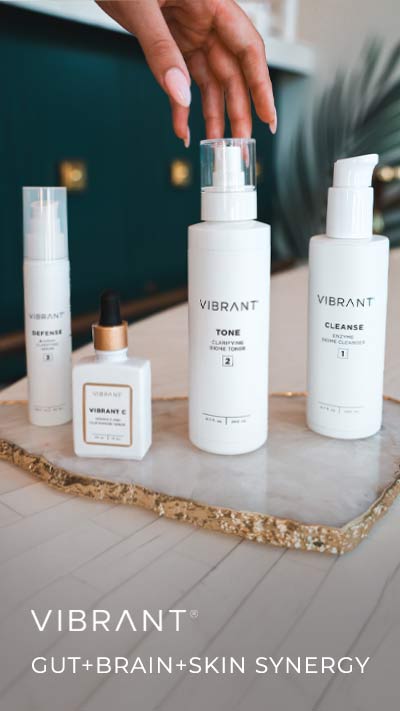Sodium lauryl sulfate (SLS) is a common ingredient in personal care and cleaning products but is also one of the most controversial ones. It is typically used for its thickening and foaming properties, but many consumers worry about its potential to irritate the skin and opt for SLS-free products.
This article examines SLS in skin care, highlighting its historical use, risks, and providing alternative options recommended by dermatologists and regulatory bodies.

What Is Sodium Lauryl Sulfate (SLS)?
Sodium lauryl sulfate (SLS), a chemical surfactant derived from petroleum, palm oil, or coconut oil, is commonly used in beauty products, cosmetics, and cleaning agents. Its primary function is to create foam and remove dirt.
SLS was initially adopted in skincare for the following reasons:
- Effective cleanser – Removes dirt, oil, and other impurities by breaking down oils.
- Foaming agent – Creates a rich lather that creates a smooth texture and a pleasant experience.
- Easy-to-rinse - Reduces the surface tension, allowing water to rinse off dirt.
- Oil-trapping properties – Eliminates oil-based dirt and grime so it can be washed off easily.
- Increases water solubility – Helps the compound dissolve in water and disperse more evenly.
- Powerful surfactant – Lowers the surface tension between the ingredients, creating a texture that is easy to apply and spread.
Originally introduced in the early 20th century as a synthetic detergent, SLS has come under increasing scrutiny in recent years. The rise of "SLS-free" products in the personal care industry has led many consumers to question the safety of SLS and its potential impact on the skin, the body, and the environment.
Dermatologists and the European Union (EU) recommend avoiding SLS-based skincare products or choosing formulations with no more than 1% SLS to avoid skin barrier disruption, irritation and increased water loss.
How Is SLS Used in Skincare Products?
In cosmetics, sodium lauryl sulfate is used as a surfactant (creates foam to reduce the surface tension) and emulsifier (stabilizes and thickens solutions). It also helps blend ingredients that do not naturally mix, creating a smooth, uniform texture for easier application.
It can be found in the following personal care products:
- Facial cleansers
- Hand creams
- Hand sanitizer
- Anti-itch creams
- Masks
- Lip balms
- Shower gels
- Shampoos
- Conditioners
- Hair-removal products
- Styling gel
- Hair dye
- Shaving foam
- Body washes
- Makeup removers
- Soaps
- Bubble bath
- Bath oils
- Detergents
- Toothpaste
- Mouthwash
- Sunscreen
Scientists have found that while SLS enhances absorption by increasing skin permeability, it also strips the skin of its essential oils.
How to Identify SLS in Skincare Products?
Sodium lauryl sulfate (SLS) may appear on product labels under different names, depending on the formulation and country of origin:
- Sodium lauryl sulfate (SLS)
- Lauryl sodium sulphate
- Lauryl sulfate sodium salt
- Sodium dodecyl sulfate (SDS)
- Sodium n-dodecyl sulfate
- Dodecyl sodium sulfate
- Sodium alkyl sulfate
Sodium Lauryl Sulfate (SLS) vs. Sodium Laureth Sulphate (SLES)
Sodium laureth sulfate (SLES) is a surfactant derived from SLS through a process called ethoxylation, which makes it milder, more water-soluble, and less irritating. While both SLS and SLES are considered safe for use, SLES is considered a gentler alternative, suitable for sensitive skin.
Risks and Side Effects of SLS in Skincare Products
Despite its historical use, concerns have emerged regarding SLS’s harsh effects on the skin. By stripping away natural lipids and disrupting the skin microbiome SLS can trigger or aggravate the following conditions:
- Dryness
- Irritation
- Skin barrier disruption
- Premature aging
- Skin inflammation
- Eczema
- Psoriasis
- Rosacea
- Acne
SLS can be absorbed through the skin and may enter the bloodstream, penetrating deeper layers and potentially accumulating in internal organs over time. This raises concerns about long-term exposure and its possible effects on overall health.
SLS may also irritate the eyes and skin, especially if you use higher concentrations or leave it on the skin for too long. Dermatologists recommend using eye cream for sensitive skin to prevent irritation or discomfort.
Note: If your skin is prone to flare-ups, acne, or inflammation, read about our recommended skincare products for sensitive skin.
Is It Safe to Use SLS in Skin Care?
While SLS has long been a staple in personal care products due to its cleansing power, increasing evidence suggests it may compromise skin health.
As dermatologists and regulatory bodies raise concerns, consumers are encouraged to explore gentler, microbiome-safe alternatives that protect the skin's natural lipid barrier. Choosing microbiome-friendly cleansers with barrier-supporting ingredients like ceramides can help preserve the skin’s delicate balance and support both skin and gut health.
SLS-Free Skincare
Natural skincare products offer a healthier alternative to SLS-based cosmetics. They feature microbiome-friendly ingredients that nourish the skin while minimizing irritation and allergic reactions.
SLS-free skincare products are typically free from other synthetic, harsh chemicals like parabens, phthalates, alcohol, and silicone, which make them ideal for sensitive skin.
SLS-Free Skincare Products
Our skin experts recommend the following SLS-free cosmetic products.
Vibrant 6-Step Blemish System
The 6-step blemish system contains products specifically formulated to target acne breakouts, clogged pores, and blemishes. The microbiome-friendly ingredients in these six products work together to maintain healthy skin flora, regulate oil production, and help prevent future breakouts.
The products are numbered for your convenience, allowing you to use them in the order specified in the packaging. Apply the first four products daily, starting with CLEANSE and ending with RESTORE. Use the MUD mask and SPOT ON treatment as needed for extra blemish control.

Desert Vibe Serum – Moisture Boosting Serum
Desert Vibe is a lightweight serum with science-backed ingredients that deeply hydrate, strengthen the skin barrier, and support skin immunity. Beta-glucan, centella, neurophroline, and prickly pear work together to boost collagen, support healing, refine scars, and brighten the complexion.

Vibrant C Serum – Bioavailable Vitamin C and Glutathione Serum
This skin-brightening serum pairs collagen-boosting amino acids with potent antioxidant ingredients like vitamin C, glutathione, ferulic acid, alpha lipoic acid, and NAC. It supports wound healing, enhances antioxidant protection, brightens the complexion, and neutralizes free radicals to maintain a healthy skin microbiome.

Conclusion
If you have sensitive skin or prefer natural skincare, you may choose to avoid products containing SLS. Fortunately, it is becoming easier to find medical-grade skincare options that do not contain artificial ingredients, preservatives, or skin-disrupting components.
Our skin experts will help you choose the most suitable SLS-free skincare products with clean, natural ingredients for healthy skin.


